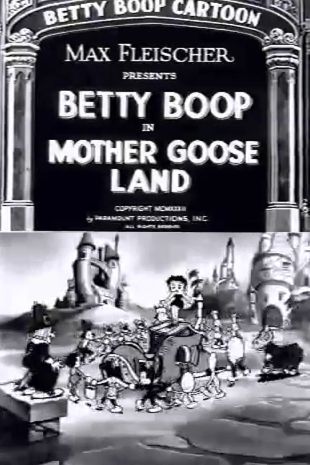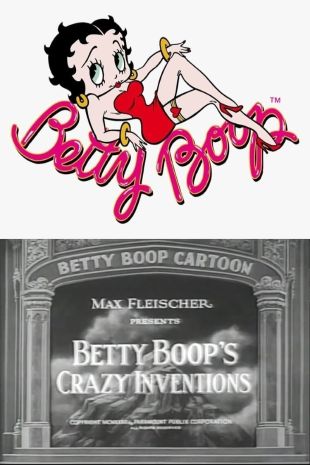Austrian-born cartoonist/animator Max Fleischer moved to the U.S. with his family at age four. He initially studied to be a mechanic, but chose instead a career in art, beginning with a photo-engraving job on the Brooklyn Eagle. While working at Popular Science Monthly, Fleischer developed an interest in the burgeoning field of animation. Together with his younger brother Dave, Fleischer began producing instructional cartoons for the Army in 1915; during this period, the Fleischer brothers developed and patented the Rotoscope process, wherein live-action films are traced frame-by-frame onto animation cells. With Dave working as his live model, Max inaugurated his own cartoon series, officially titled "Out of the Inkwell" but more popularly known as "Koko the Clown." These short cartoons ingeniously (and sometimes brilliantly) combined animation with live action, usually in the form of an on-screen Max Fleischer wielding his pen to "create" Ko-Ko before our eyes.
A second series of Fleischer cartoons encouraged the theatre audience to sing along with the printed lyrics of popular tunes by "following the bouncing ball;" this series would yield an experimental 1925 sound cartoon, Sweet Adeline. When talking pictures were permanently established in 1929, Fleischer began releasing his product through Paramount pictures, an association which lasted for 13 years. Maxs 1930s cartoon output included such "stars" as Betty Boop and Popeye the Sailor and such portmanteau animated series as Color Classics. Fleischer was at his best with grotesquely designed characters and wild nonsequitur sight gags; he was at his worst when trying to emulate Walt Disney. A bitter strike in 1937 prompted the Fleischer brothers to move their studios from New York to Florida. It was down among the sheltering palms that Max and Dave produced their first feature-length cartoon, Gulliver's Travels (1939), at the command of Paramount, which wanted a success commensurate to Disney's Snow White (1938). Plagued by inconsistent animation and unappealing characters, Gulliver's Travels was an artistic disappointment, though it posted enough of a profit to encourage Fleischer's next feature cartoon, Mr. Bug Goes to Town (1941); this one died at the boxoffice, irreparably damaging the relationship between Fleischer and Paramount.
In 1941, Max and Dave launched their most ambitious project to date: the elaborate and expensive Superman cartoon series. When flagging box-office receipts failed to justify continuing the Superman series, Max and Dave Fleischer split up, and their animation staff was taken over by Paramount. Dave moved to Columbia Pictures, while Max went into the industrial-cartoon field. Until the day he died, Max held Walt Disney responsible for his ultimate downfall, claiming that Disney had lifted his best ideas (including Max's 3-dimensional background process) and wooed away his best people; actually, Max's failure was more due to his profligate budgets and his inability to see eye-to-eye with his brother Dave. Max's last professional stint was as "guest star" on the pilot episode of a new series of Koko the Clown TV cartoons in 1961. Max Fleischer was the father of prominent live-action director Richard Fleischer.


